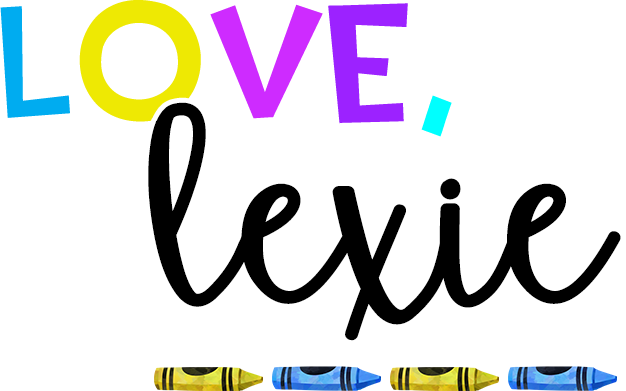What is a syllable?
Before you talk about the 6 syllable types, you need to understand what a syllable is. According to Webster, a syllable is an uninterrupted segment of sound which is formed by the opening and closing of the mouth to form vowels. Basically, what this means is a syllable is whenever we hear one vowel sound. It’s not as simple as identifying the vowels in a word, but the vowel sounds. For example, the word soap is one syllable because we hear one vowel sound.
What are the 6 syllable types?
Knowing the six syllable types will help students decode large words, making it easier to read. There are six syllable types:
- Closed Syllables
- Open Syllables
- Magic-e Syllables
- Vowel Teams Syllables
- R-controlled Syllables
- Consonant-le Syllables
This is the order I teach the six syllables types. I introduce them all to students and then we take a deep dive into each one.

Closed Syllables
A closed syllable is when a vowel is followed by a consonant. The consonant makes the vowel have a short sound. Some examples of closed syllables are dog, wet, mit, on, pat. This is the first type of syllable to teach and is usually taught in first grade. Click the picture below to check out my closed syllable activity pack!

Open Syllables
An open syllables is when the syllable ends with a vowel. It is the opposite of a closed syllable. Open syllables make the long vowel sound. Examples of open syllables are go, she, cry, be. Open syllables should be taught after closed syllables. Normally you can find open syllables in multisyllabic words like fe/ver or ze/ro. Check out my open syllable activity pack!

Magic-e Syllables
The magic-e syllable is one of the easiest. If there is an e at the end of a syllable, the e makes the vowel “say its name” or make the long sound. The e at the end is silent. An example of a magic-e syllable is cake. The a makes a long sound and the e is silent. Most students learn about this in first or second grade.
R-Controlled Syllables
R-controlled syllables always have a vowel followed by an r. The r next to the vowel changes the vowel sound. This should be taught after closed, open, and magic-e syllables. The er, ir, and ur all make the same /er/ sound, as in bird or her. The sounds ar and or are more complicated and can have multiple sounds.
Vowel Team Syllables
A vowel team syllable is a syllable with two vowels working together to make one sound. There are many different types of vowel teams and they should be taught separately.

Consonant-le Syllables
A consonant-le syllable doesn’t have a vowel sound. The silent e at the end of the syllable is the only vowel, but only the /l/ is pronounced. Examples include purple and table. This is the last syllable type to teach once the other five are mastered.

